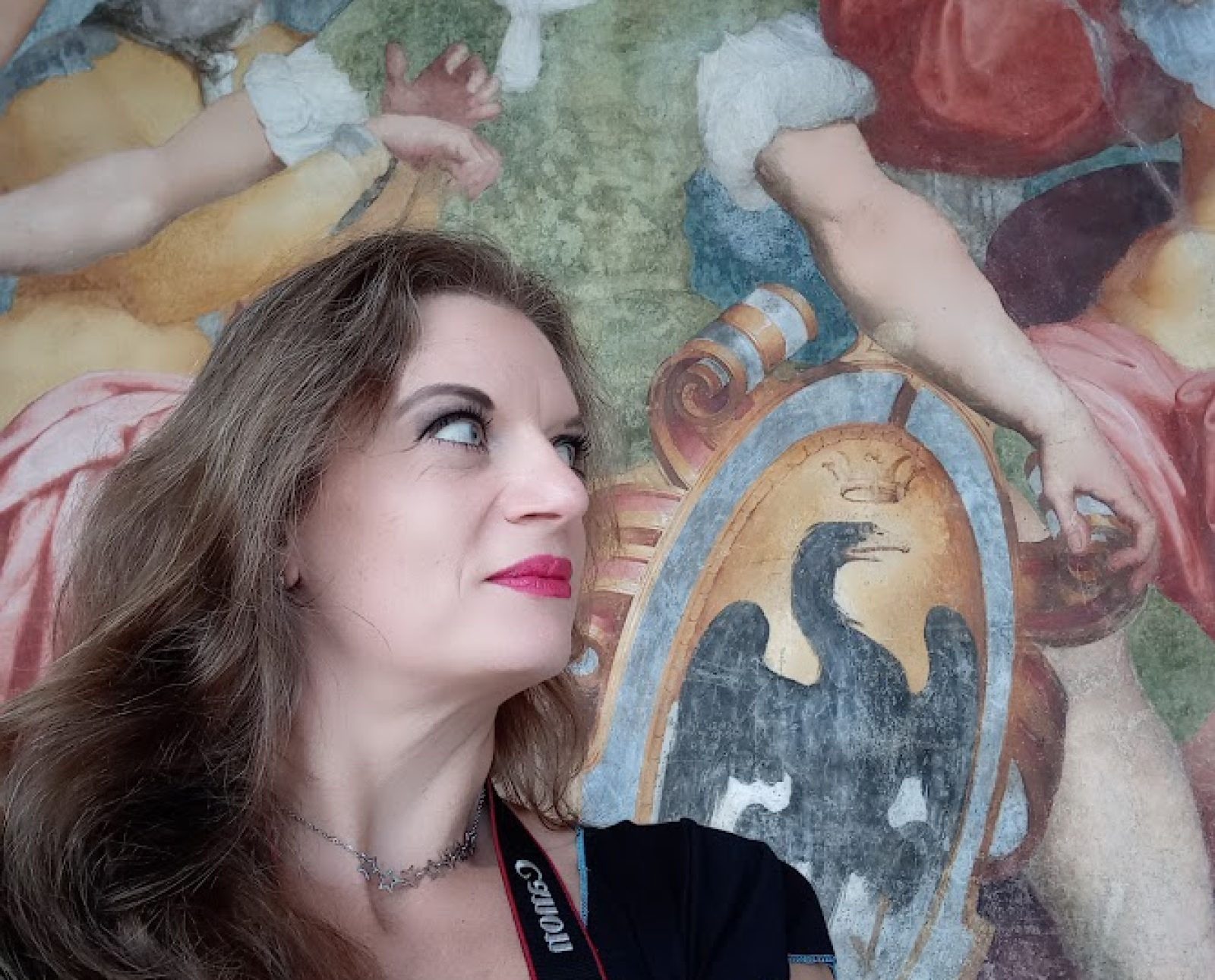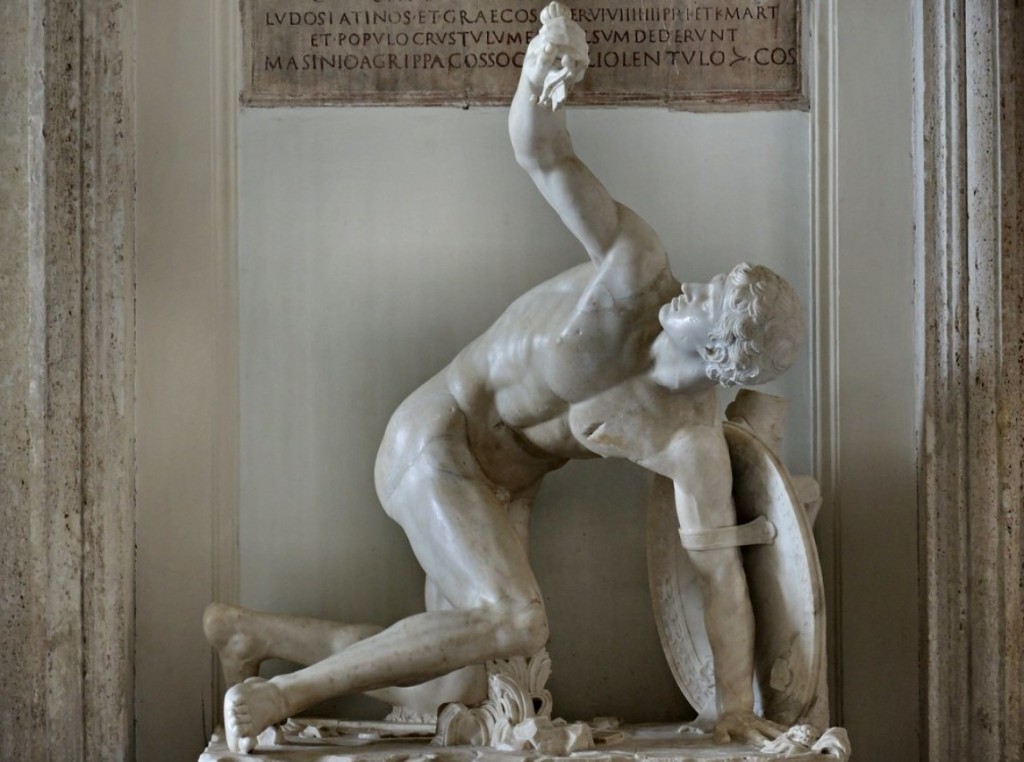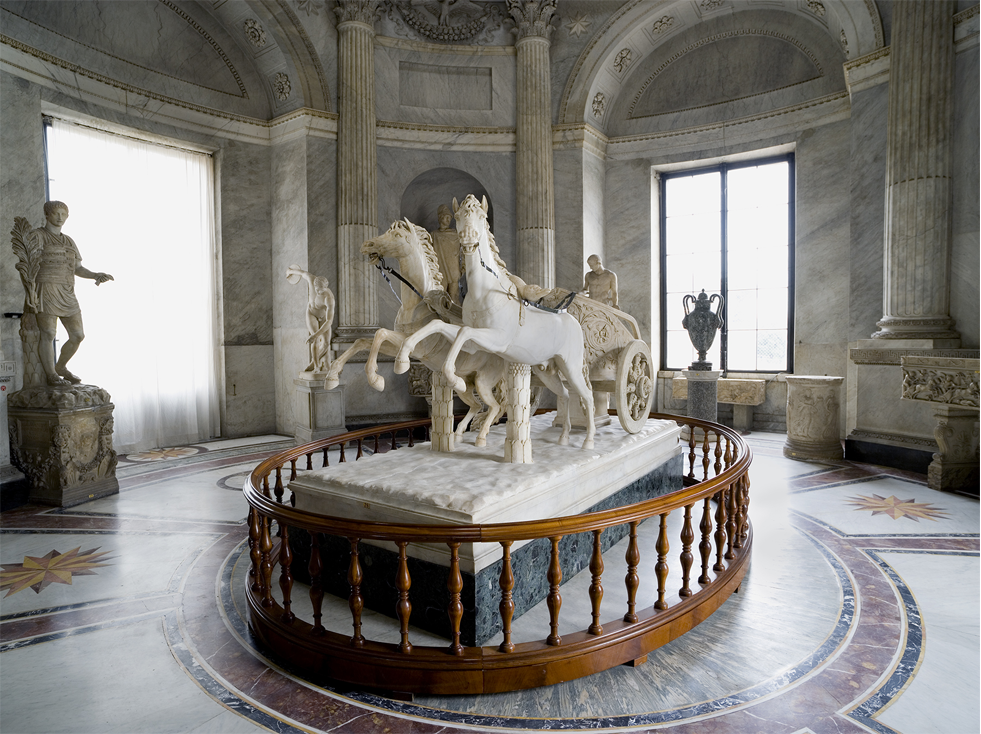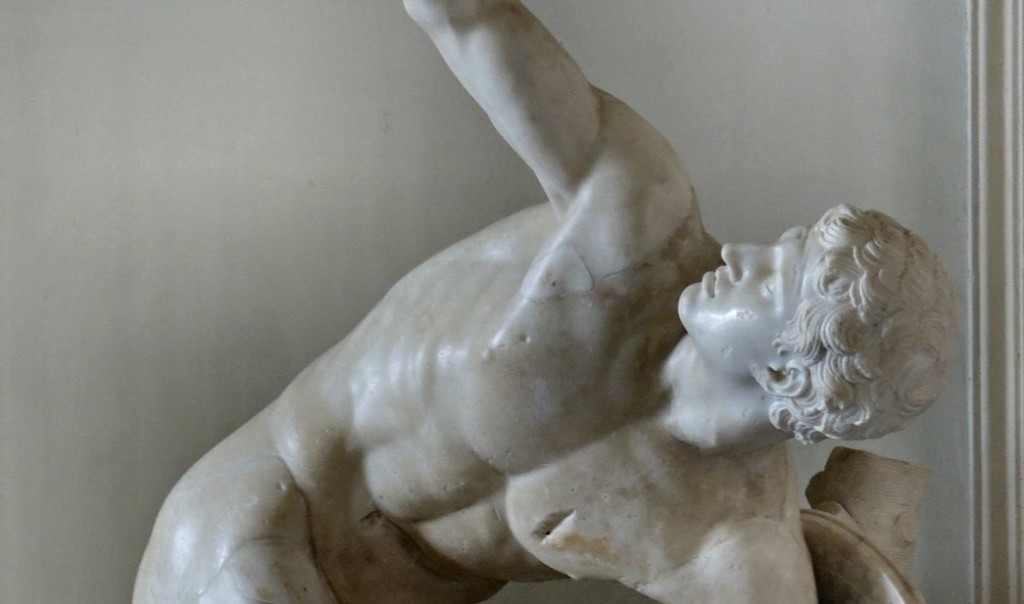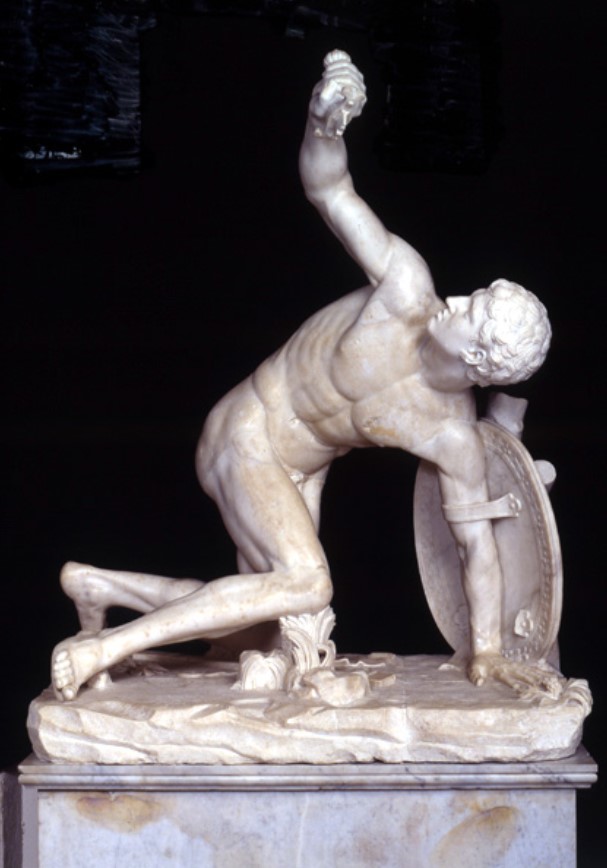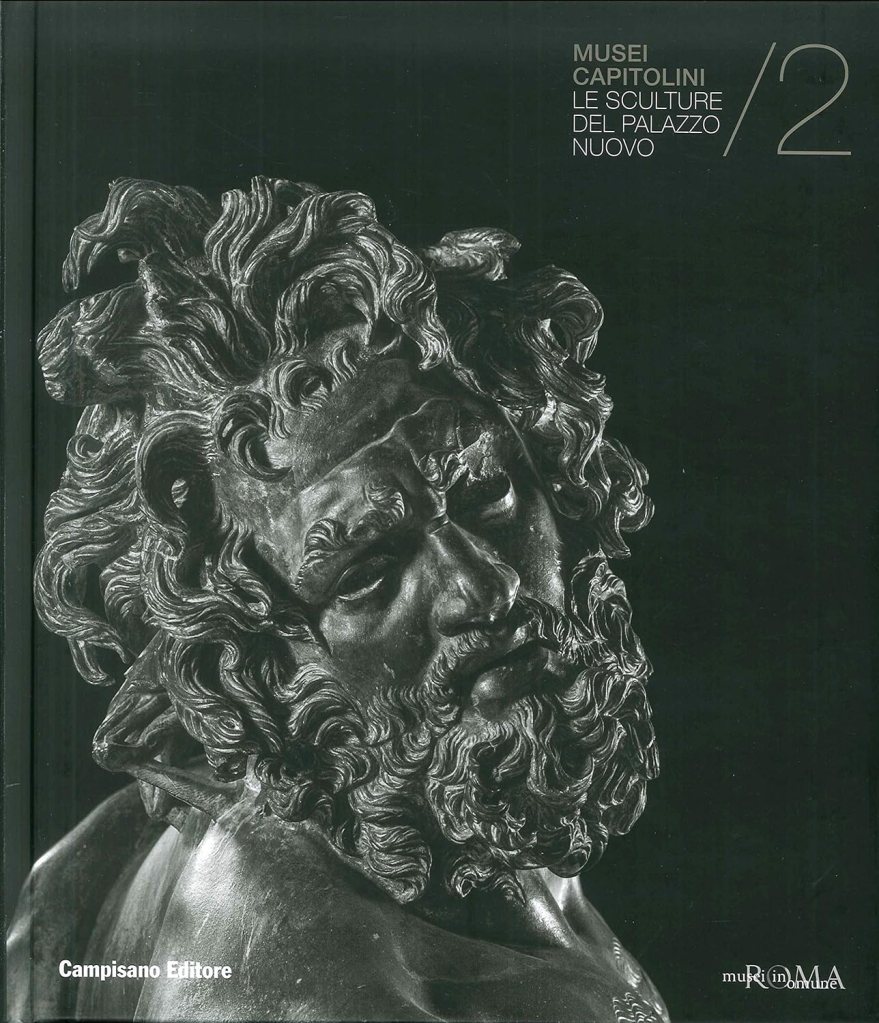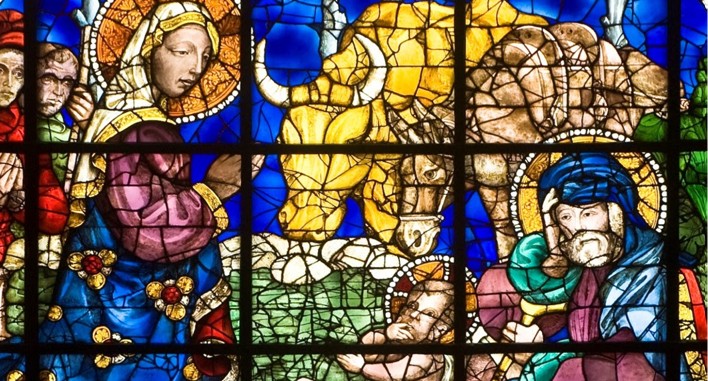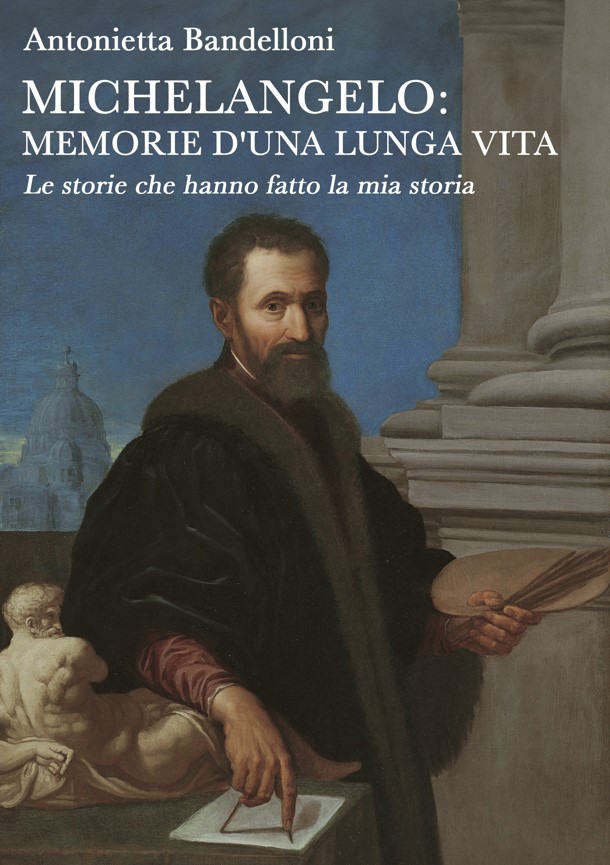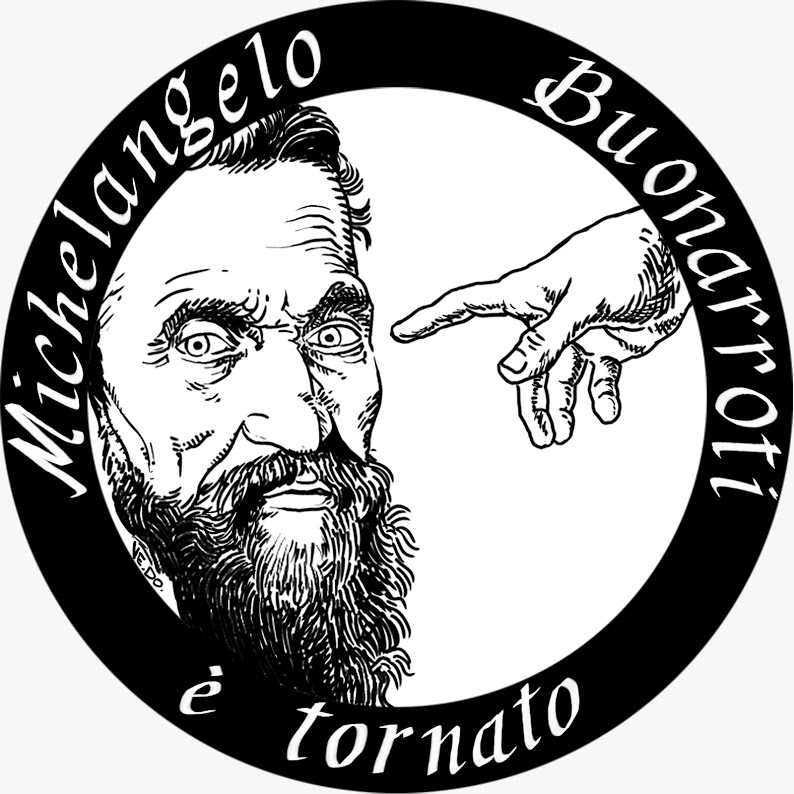La Scultura del giorno: il Discobolo restaurato come Gladiatore ferito dei Musei Capitolini
La scultura del giorno che vi propongo oggi è il torso del Discobolo dei Musei Capitolini che fu restaurato dandogli l’aspetto di un Gladiatore ferito.
Come potete immaginare, quest’opera cela una storia assai curiosa che vale la pena conoscere e approfondire. La parte più antica della scultura è il torso, una copia del I secolo d.C. del discobolo di Mirone che venne scolpito nel 460 a.C mentre il restauro moderno con l’aggiunta delle altre parti fu realizzato da Pierre-Etienne Monnot agli inizi del Settecento.
Quel restauro che oggi vediamo come azzardato, all’epoca era cosa abituale. A partire dal Cinquecento e per i due secoli a seguire, era consuetudine aggiungere alle opere antiche le opere scultoree mancanti.
Quando lo scorrere dei secoli fagocitava pezzi, se ne creavano di nuovi. I Musei Vaticani sono pieni di opere integrate in quel periodo. Avete presente la biga trainata dai due cavalli posizionata al centro della sala non a caso chiamata della Biga? Ebbene, è un insieme di pezzi di opere antiche diverse e di nuove aggiunte di fine Settecento, realizzate dallo scultore carrarino Francesco Antonio Franzoni.
Orbene, non mi dilungo troppo sulla divagazione. Monot aveva nel suo studio l’antico Torso del Discobolo e si mise a restaurarlo per dargli le sembianze di un Gladiatore Ferito per poi affiancarlo al Galata Morente appartenente alla collezione Ludovisi.
Nel febbraio del 1734, dopo la morte di Ippolita Ludovisi Boncompagni avvenuta nel dicembre dell’anno precedente, Alessandro Gregorio Capponi a cui si deve la nascita dei Musei Capitolini, iniziò a chiedere a papa Clemente XII di comprare il Galata morente.
Capponi aveva intenzione di affiancare il Galata proprio a un altro Gladiatore ferito, appartenente agli eredi dello scultore francese Monnot, morto il 24 agosto del 1733.
La comparsa delle due opere sul mercato nello stesso momento fu un’occasione straordinaria e Capponi non volle perdere l’occasione di averle tutte per i Musei Capitolini.
In quel frangente però il pontefice non pareva ben disposto a pagare 8.000 scudi per il Galata Morente e Capponi sul proprio diario scrisse “la statua val più e faceva molto a proposito per un pensiere che io haveva di fare altro acquisto di un’altra statua che rappresenta un soldato ferito in atto consimile quale è per vendersi, e fu di monsieur Monnot, statuario francese a strada delle Carrozze, onde non so che faremo”.
Finalmente nel 1737 il papa comprò il Galata Morente e Capponi iniziò a far pressione affinchè comprasse anche l’opera rielaborata da Monnot.
Passò un po’ di tempo e il papa, pagando 1000 scudi, acquistò anche il Discobolo trasformato il Gladiatore che fu collocato nel 1740 nella sala maggiore dei Musei Capitolini, dinanzi al Galata Morente.
Per il momento il vostro Michelangelo Buonarroti vi saluta dandovi appuntamento ai prossimi post e sui social.
Sculpture of the day: the Discobolus restored as a wounded Gladiator from the Capitoline Museums
The sculpture of the day that I propose to you today is the torso of the Discus Thrower from the Capitoline Museums which was restored giving it the appearance of a wounded Gladiator.
As you can imagine, this work hides a very curious story that is worth knowing and learning about. The oldest part of the sculpture is the torso, a copy from the 1st century AD. of Myron’s discus thrower which was sculpted in 460 BC while the modern restoration with the addition of the other parts was carried out by Pierre-Etienne Monnot at the beginning of the eighteenth century.
That restoration that today we see as risky was a usual thing at the time. Starting from the sixteenth century and for the following two centuries, it was customary to add the missing sculptural works to the ancient works.
When the passing of the centuries swallowed up pieces, new ones were created. The Vatican Museums are full of works integrated in that period. Do you know the chariot pulled by two horses positioned in the center of the room, not surprisingly called the Biga? Well, it is a set of pieces from different ancient works and new additions from the end of the eighteenth century, created by the Carrara sculptor Francesco Antonio Franzoni.
Well, I won’t dwell too much on the digression. It seems that Monot, who had the ancient Torso of the Discobolus in his studio, began to restore it to give it the appearance of a Wounded Gladiator and then place it next to the Dying Galata belonging to the Ludovisi collection.
In February 1734, after the death of Ippolita Ludovisi Boncompagni in December of the previous year, Alessandro Gregorio Capponi, to whom we owe the birth of the Capitoline Museums, began to ask Pope Clement XII to buy the dying Galata.
Capponi intended to place Galata alongside another wounded Gladiator, belonging to the heirs of the French sculptor Monnot, who died on 24 August 1733.
The appearance of the two works on the market at the same time was an extraordinary opportunity and Capponi did not want to miss the opportunity to have them both for what are now the Capitoline Museums.
At that time, however, the pontiff did not seem willing to pay 8,000 scudi for the Dying Galata and Capponi wrote in his diary “the statue is worth more and was very appropriate for a thought I had of making another purchase of another statue that it represents a wounded soldier in a similar act as he is about to be sold, and it was by Monsieur Monnot, a French statuary in Strada delle Carrozze, so I don’t know what we will do”.
Finally in 1737 the Pope bought the Dying Galata and Capponi began to put pressure on him to also buy the work reworked by Monnot.
Some time passed and the pope, paying 1000 scudi, also purchased the Discobolus transformed into the Gladiator which was placed in 1740 in the main room of the Capitoline Museums, in front of the Dying Galata.
For the moment, your Michelangelo Buonarroti greets you and will meet you in future posts and on social media.

Sostienici – Support Us
Se questo blog ti piace e ti appassiona, puoi aiutarci a farlo crescere sempre più sostenendoci in modo concreto condividendo i post, seguendo le pagine social e con un contributo che ci aiuta ad andare avanti con il nostro lavoro di divulgazione. . ENGLISH: If you like and are passionate about this blog, you can help us make it grow more and more by supporting us in a concrete way by sharing posts, following social pages and with a contribution that helps us to move forward with our dissemination work.
8,00 €
-
La Natività di Paolo Uccello: un capolavoro nel Duomo di Firenze
🇮🇹Nel cuore del Duomo di Firenze, la vetrata quattrocentesca di Paolo Uccello narra la nascita di Gesù: Maria e San Giuseppe adorano il Bambino, mentre la stella di Betlemme illumina la scena… 🇬🇧In the heart of Florence Cathedral, Paolo Uccello’s 15th-century stained glass window narrates the birth of Jesus: Mary and Saint Joseph adore the…
-
L’atteso ritorno. Raffaello per Monteluce dai Musei Vaticani
🇮🇹L’atteso ritorno. Raffaello per Monteluce dai Musei Vaticani” è la mostra in corso a Perugia fino al 7 gennaio 2026 che riporta eccezionalmente in città la Pala di Monteluce di Raffaello Sanzio, capolavoro del Rinascimento assente dal 1797, in occasione del Giubileo 2025… 🇬🇧The long-awaited return. Raphael to Monteluce from the Vatican Museums” is the…
-
La Madonna con Bambino del Sassoferrato: capolavoro del Natale tra classicismo e spiritualità
🇮🇹Il dipinto del Natale che vi propongo oggi è la Madonna con Bambino che le porge un frutto di Giovanni Battista Salvi, più noto come il Sassoferrato. La Vergine appare trasognata, assorta in un pensiero intimo, mentre porge alla luce il lato destro del volto… 🇬🇧The Christmas painting I’m featuring today is the Madonna and…

